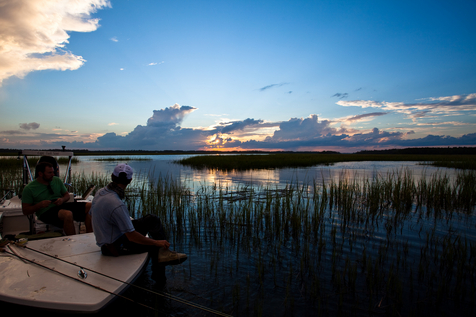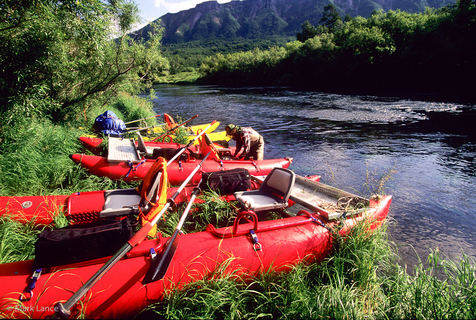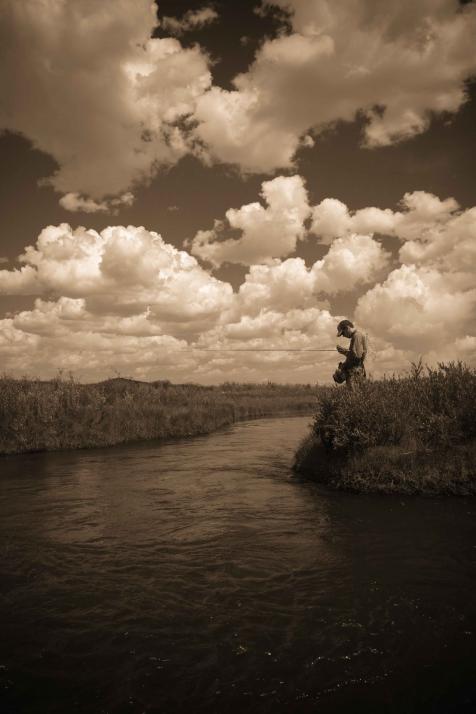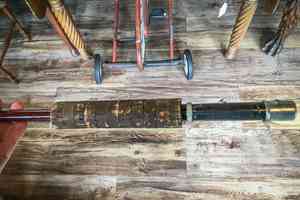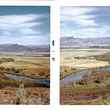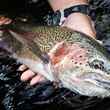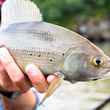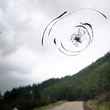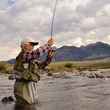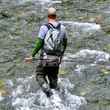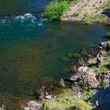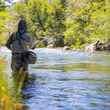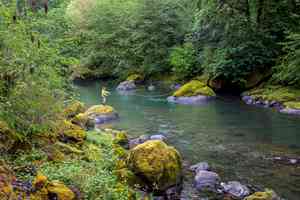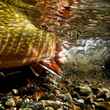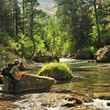Though I admit it with a fair amount of hesitation, I've been a skeptic on "The River Why" since I first heard about it a couple years ago. Despite the theatrical success of "The Movie" (A River Runs Through It), the boon it was for the sport of fly fishing and the lack of a fictional, feature-length film dedicated to our sport in the years since -- I wasn't sure that what 'The River Why' appeared to be was what I would have wanted for the sport. I'm still not, and that's because I still haven't seen it. Yet the film has, however, been well received by many in the fly fishing community, and the folks behind the film have been doing a lot of apparent good by screening the film and donating the proceeds to conservation organizations.
While searching for more information today, I stumbled on a quote in 1859 Magazine by the author of the book that 'The River Why' is both based on and derives its name from. The book's author, David James Duncan, when asked what he thought about the film had the following to say. "Sigh. I engaged in a three-year legal battle against the producers of the film over their handling of my film rights. That battle was settled ... My name is off the film, Sierra Club’s name is off the film, and the rights have returned to me. I tried to remove my title from their film, too, but the federal magistrate in San Francisco let them keep it ... The current filmmakers held my rights for 25 years, and repeatedly tried to sell off the “property” they claimed to be “developing,” yet claim their efforts are “a labor of love.” Could be, but please spare me any such love. They wrote a crappy screenplay, filmed in a rush to outrace my lawsuits, used a non-fly fisher to play a "Mozart" of a fly fisher, used a rubber salmon to play a wild chinook, and so on."
